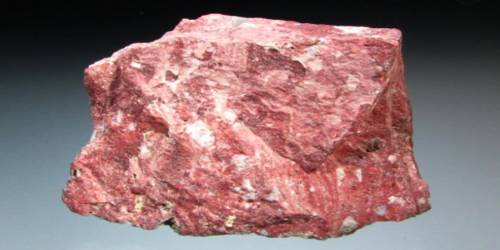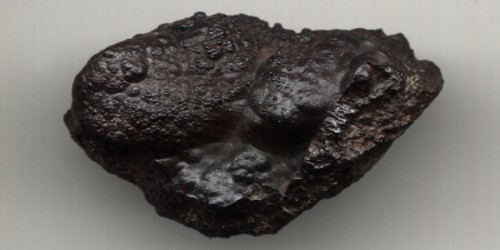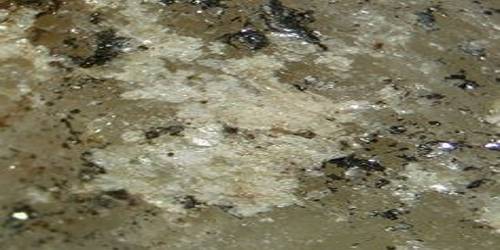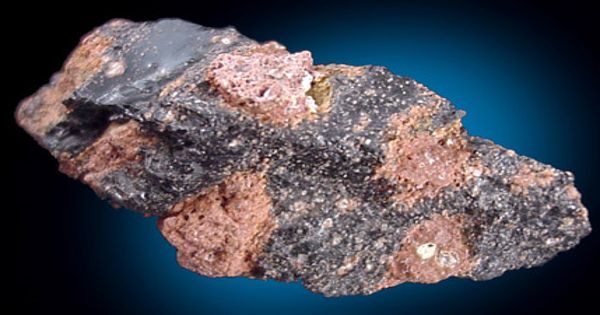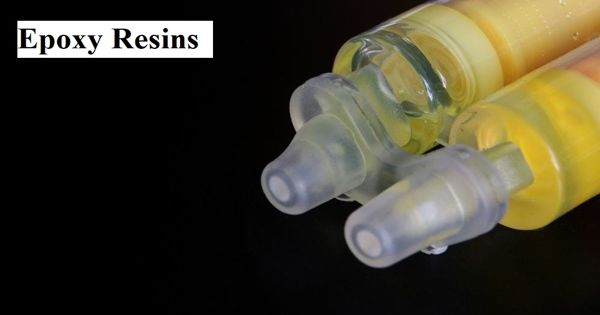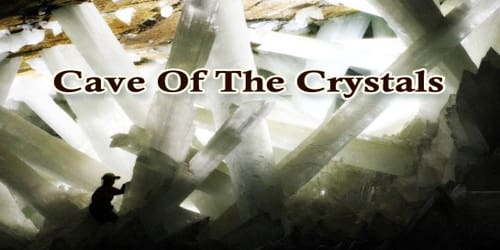Corderoite is an extremely rare mercury sulfide chloride mineral with formula Hg3S2Cl2. It is an isometric-tetartoidal mineral containing chlorine, mercury, and sulfur. Corderoite occurs as a low-temperature supergene mineral.
It was first described in 1974 for occurrences in the McDermitt Mercury mine in Humboldt County, Nevada. The name is from the old name of the mine, the Old Cordero Mine.
General Information
- Category: Halide mineral
- Formula: Hg3S2Cl2
- Crystal system: Cubic
- Crystal class: Tetartoidal (23) (same H-M symbol)
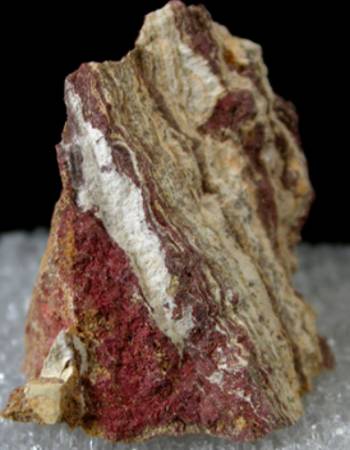
Properties
Corderoite has crankshaft chains that are crosswise linked by additional Hg²+. The bond distance between the cation Hg and anion S is 2.422 Angstroms. It crystallizes in the isometric crystal system. It is soft, 1.5 to 2 on the Mohs scale, and varies in color from light gray to black and rarely pink or yellow.
- Color: Pale orange-pink to salmon-pink; on exposure to light, rapidly darkening to pale gray, then black
- Crystal habit: Rare as cubic crystals; as rims and replacements of cinnabar
- Mohs scale hardness: 3
- Diaphaneity: Transparent
- Specific gravity: 6.845 calc.
- Optical properties: Isotropic
- Refractive index: n > 2.5
Occurrence
In lake-bed sediments and underlying silicified rhyolite tuffs, possibly of low-temperature secondary origin (McDermitt mine, Nevada, USA); in an oxidized hydrothermal deposit (Arzak deposit, Russia).
The main occurrence of corderoite in the type locality is in the Upper Miocene playa sediments within a thick zone, around 5–7 m (16–23 ft), subparallel to bedding. Lake sediments including altered rhyolitic tuff and ash were deposited on the Tertiary rhyolitic volcanic rocks. Corderoite occurs as isolated grains or with cinnabar as replacements.
Association: Cinnabar, kleinite, kenhsuite, radtkeite, montmorillonite, quartz, cristobalite, orthoclase, plagioclase (McDermitt mine, Nevada, USA); cinnabar, calomel, eglestonite, arzakite, lavrentievite, kuznetsovite, mercury, quartz, kaolinite (Arzak deposit, Russia).
Information Source;
